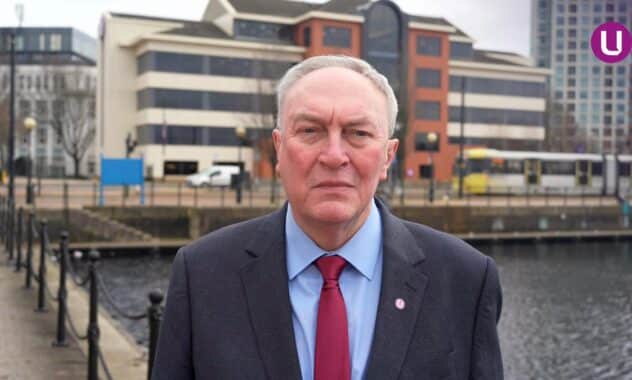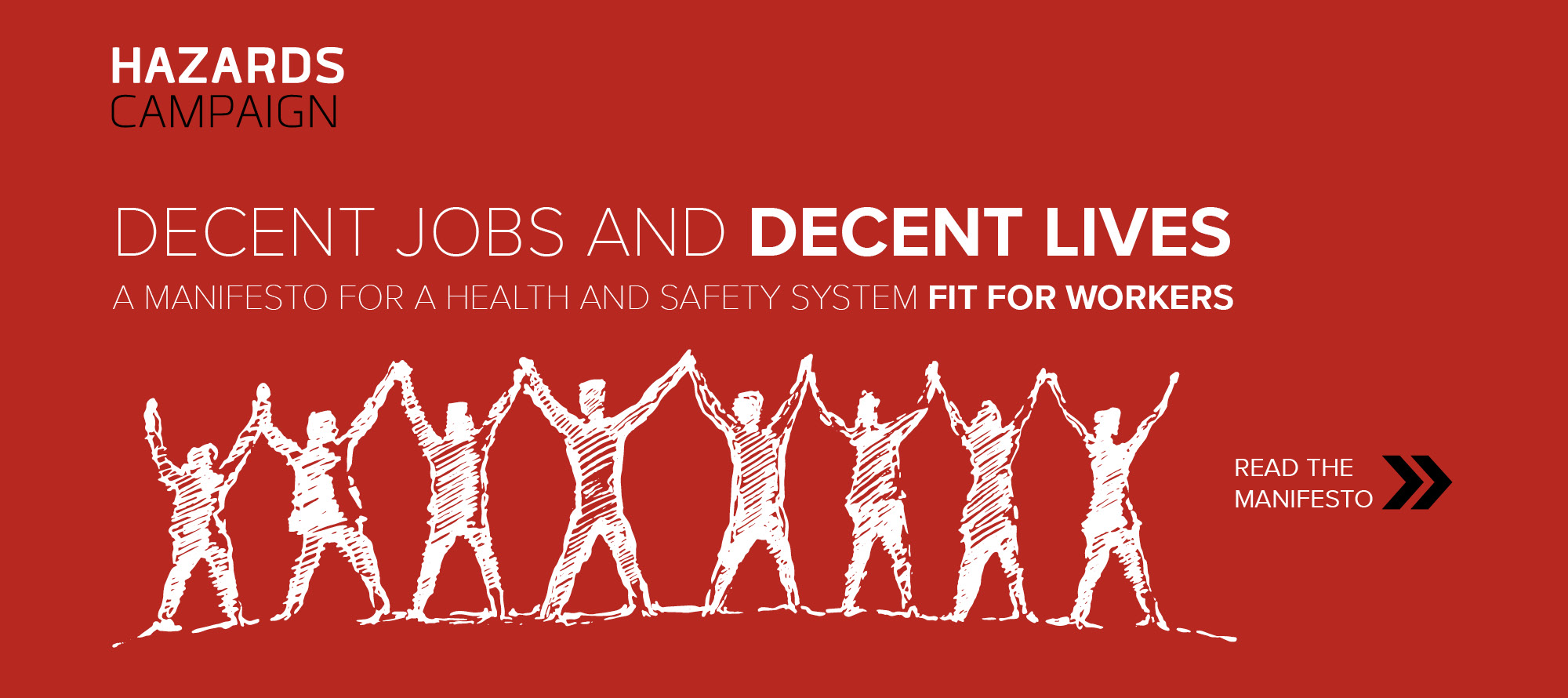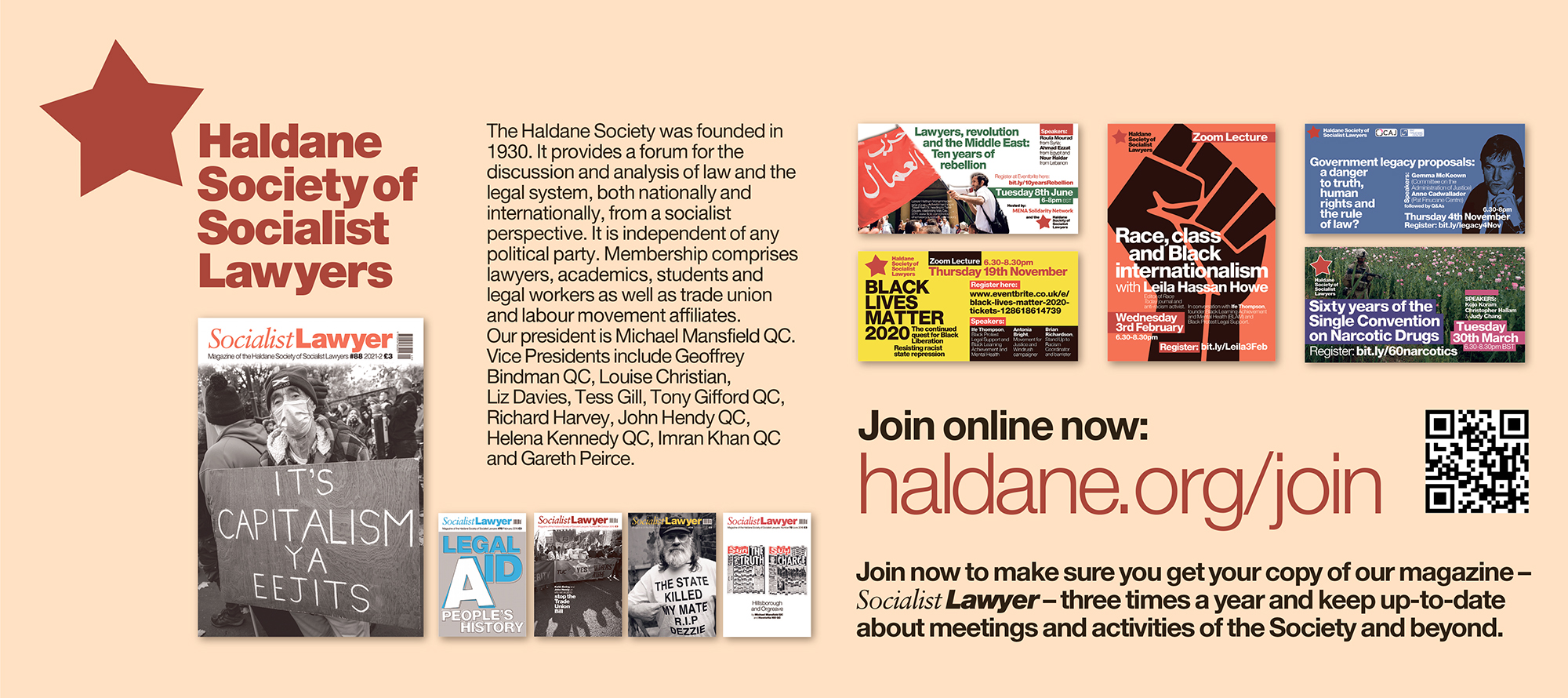UK government downplaying Covid-19 workplace risk, report warns
The risk of Covid-19 transmission in the workplace remains significant and is being dangerously downplayed by the UK government's light-touch approach
New research from think tank, the Institute of Employment Rights (IER), has found the risk of Covid-19 transmission in the workplace remains significant and is being dangerously downplayed by the UK government’s light-touch approach.
HSE and Covid at work: a case of regulatory failure is written by 11 specialists in occupational health and safety and labour law, including academics conducting empirical research into workplace risk factors throughout the pandemic. The team, from England, Scotland and Wales, carried out a comprehensive review of the latest data on workplace transmission and the response of the government and Health and Safety Executive (HSE) to mitigating that risk. Their report identifies a serious mismatch between the risk to workers’ health and the government’s claims to make workplaces “Covid-secure”.
The role of work in transmitting the disease was recognised from the outset of the pandemic. In May 2020, the Office for National Statistics identified 17 high-risk occupations and ‘clusters’ of cases quickly emerged in a wide range of sectors from public services to food processing and retail. Public Health England (PHE) figures have since revealed the highest-risk workplaces were offices, which accounted for more outbreaks in the second half of 2020 than supermarkets, construction sites, warehouses, restaurants and cafes combined.
Workplace infections account for a significant proportion of all Covid cases. An analysis of PHE data conducted by Professor Rory O’Neill, one of the co-authors of HSE and Covid at work, revealed that 40% of people testing positive for Covid-19 reported prior ‘workplace or education’ activity. Meanwhile, a survey of call centre workers by co-author Professor Phil Taylor revealed that over one in three (35.4%) were seated less than two metres away from their colleagues in contravention of social distancing rules. This is despite a warning from the government’s own SAGE advisors that reducing social distancing to one metre rather than two could increase transmission ten-fold.
In May 2020, the government declared workplaces “Covid-secure” and reassured workers that this would be enforced through a £14m package for HSE ‘spot checks’. But IER’s analysis found strong evidence that risk was not sufficiently mitigated in workplaces because Covid-19 rules were not adequately enforced.
The IER’s analysis of the government’s strategy reveals an underfunded, light-touch approach through an understaffed agency which failed to regulate the risk to workers and, by logical extension, to communities, including carers, pupils and students in education and their parents. The magnitude of this risk has since been tragically borne out by large workplace outbreaks such as that seen at the DVLA’s Swansea offices, while the government’s underwhelming response is reflected in the complete absence of prosecutions of employers known to be breaking Covid rules.
Andy McDonald, Shadow Secretary for Employment Rights and Protections, said:
“In a time of national crisis it is more important than ever that the government’s actions are held up to scrutiny. The findings of this report are deeply concerning – if health and safety laws and Covid-19 rules are not enforced, they are not worth the paper they are written on.
“When a deadly disease sweeps the country we need worker protections more than ever, yet the government has effectively shielded employers from prosecution even while coming down hard on individual citizens who break the same rules. We have seen the tragic results of under-regulated workplaces in outbreaks across the country, including at the DVLA offices in Swansea. The workers affected – and those in our emergency services and NHS who fought to save their lives – deserve answers as to how this was allowed to happen.”
Professor Phil James, Professor of Employment Relations at Middlesex University and editor of the report, said:
“When the pandemic was declared on 11 March 2020, the government had to decide how it would balance the protection of public health with the protection of the economy. A year later, our analysis suggests it got that balance wrong. Our jobs are among the most important features of our lives, but they are not worth our lives, nor are they worth the lives of colleagues, family and friends.
“This light-touch approach to the regulation of businesses during the worst pandemic we have seen in 100 years must now be subject to a major independent public inquiry to understand what went wrong and how we can do better. It is vital that we learn from the failings of workplace regulation over the last year, because this pandemic proves that workers’ health is also public health – it benefits us all.”
Lord John Hendy QC, Chair of the IER and a co-author of the report, said:
“Something has gone very badly wrong when enforcement action has been taken against over 40,000 members of the public and holidaymakers are threatened with ten years in jail but employers known to have put thousands of people at risk are getting off scot free. There has been health and safety legislation on the UK’s statute book for over 200 years. The current regulations are well known and could have been reasonably and effectively applied to protect workers. They were not. Had employers been reminded of their legal duties and these laws enforced through robust inspections and effective penalties, workplaces could have been made a lot safer than COVID-19 has shown them to be.”
Carolyn Jones, Director of the IER, said:
“The government and HSE has neglected perhaps the richest resource at their fingertips in their exclusion of the UK’s nearly 100,000 trained trade union health and safety representatives from their ‘Covid-secure’ strategy. Several comparative economies have adopted a co-enforcement approach whereby the State and trade unions work together to ensure the health and safety of those at work and the models that work well internationally should be considered in building a similar approach in the UK. In the second stage of our health and safety project, we will take evidence from representatives across the economy and society to understand how better cooperation between all concerned can make a difference in the future.”
Key factors identified in the report
Severe lack of resources
- Inspectors were themselves locked down when ‘spot checks’ were announced. Demonstrating the severity of the risk to workers, the HSE barred Inspectors from making workplace visits because of the danger to them of making such visits. As a result, ‘spot checks’ were conducted by phone despite 67% of people in a YouGov survey favouring random in-person checks.
- Austerity. Following a 58% funding cut over the last 10 years, which forced the HSE to reduce its staffing levels by 36%, there were too few inspectors to perform ‘spot checks’ on the nation’s 5.5m health and safety dutyholders. The £14m of extra funding barely made a dent in the nearly £100m lost by the HSE during 10 years of government austerity and covered just 0.5% of HSE activity.
A decline in workplace inspections even as risk increased
- Workplace inspections fell rather than increased during the pandemic. The number of workplace inspections completed between May and September 2020 was 40% lower than during the same period in 2019. Even care homes, where the virus presented an extremely lethal threat, were not adequately inspected, with only eight having received a visit by September 2020.
- Funding rules forced public money into private hands. The HSE was not permitted to use any of the £14m extra funding to train new inspectors, so more than half of this money was siphoned off to private companies to ‘inspect’ employers. In fact, this was done from call centres staffed by untrained workers who made 15-minute, scripted phone-calls to employers. The ineffectiveness of this strategy was evidenced by the findings of a TUC survey revealing very clear breaches of the law in over a third of workplaces. Meanwhile, the UK’s richest health and safety resource – nearly 100,000 trained trade union health and safety reps – were not invited to participate.
A light-touch approach to employers and the law
- No legal standing for “Covid-secure” guidance. In direct contrast to the various emergency laws made in relation to social activities and other forms of pandemic control, the measures employers were asked to take were not backed by the force of law. Instead, the Department for Business, Energy and Industrial Strategy and the HSE issued ‘guidance’.
- Legal duties to workers consistently downplayed. The IER’s report identifies two Acts of Parliament and seven sets of regulations relevant to the duties owed to workers, but found these were barely mentioned in the guidance given to businesses. As a result, the guidance failed to emphasise the legal obligations of employers to protect the health and safety of workers.
Recommendations
Concluding this initial report, the team made the following recommendations:
- The urgent launch of a major independent public inquiry into the future of the regulation of safety and health at work in the UK, with a focus on creating a regulatory system, including an effective regulator, that will better protect the health and safety of all workers in the UK, now and in the future.
- A significant increase in investment in the HSE to promote stronger enforcement of legal protections, thereby improving their effectiveness.
- A comprehensive review of enforcement strategies employed by the HSE and local authorities, including a critical examination of the – currently rare and diminishing – use of legal sanctions.
- Ensure the political independence of the HSE by considering its reconstitution in line with the United Nations’ Paris Principles, which require the involvement of representatives from civil society and the ringfencing of adequate funds to prevent government from imposing its political beliefs through budgetary controls.
- Strengthen trade union safety representatives’ rights to access workplaces, undertake preventative work and support the enforcement of the law, such as through the issuing of improvement notices and the bringing of private prosecutions.
- Enhance existing safety representative rights relating to the provision of information, consultation, and training (including paid time off to undertake it).
- Reform the current statutory framework for health and safety at work to better protect workers in modern, more casualised, forms of employment, including those found in the gig economy.
- Reform and enhance current laws permitting workers to stop work in conditions of serious and imminent danger, – provisions derived from EU law and provided under Sections 44 and 100 of the Employment Rights Act,.
- Consider adopting international models of co-enforced oversight, that involve State regulators working alongside trade unions and other civil society organisations to monitor and enforce compliance with legal standards.
- Explore the value and application of forms of supply chain regulation under which powerful supply chain actors have duties to ensure that they support effective health and safety management and compliance in supplier organisations. This would, for instance, would make fashion retailers buying from dangerous Leicester garment factories partly liable for the dangerous conditions there.
The team behind the report will now establish a Committee of Inquiry that will take evidence from relevant parties to understand how reforms to health and safety legislation could provide better protection for workers in modern workplaces.
ENDS
Notes to Editors:
Contact: Sarah Glenister – sarah@ier.org.uk with any queries or for interviews with the authors.
Authors of the report:
Professor Keith Ewing, Kings College London
Professor Michael Ford, Bristol University
Sarah Glenister, National Development Officer, IER
Professor Phil James, Middlesex University
Carolyn Jones, Director, IER
Lord John Hendy, QC, Old Square Chambers
Janet Newsham, Chair, National Hazards Campaign
Professor Rory O’Neil, Editor Hazards Magazine, advisor to ITUC
Professor Phil Taylor, Strathclyde University
Professor Steve Tombs, Open University
Professor David Walters, Cardiff University
Professor Andrew Watterson, Stirling University
Professor David Whyte, Liverpool University
About the Institute of Employment Rights
The Institute of Employment Rights is a think tank for the trade union movement and a registered charity.
The IER exists to inform the debate around trade union rights and labour law by providing information, critical analysis, and policy ideas through our network of academics, researchers and lawyers.
We were established in February 1989 as an independent organisation to act as a focal point for the spread of new ideas in the field of labour law. In 1994 the Institute became a registered charity.
More at www.ier.org.uk







